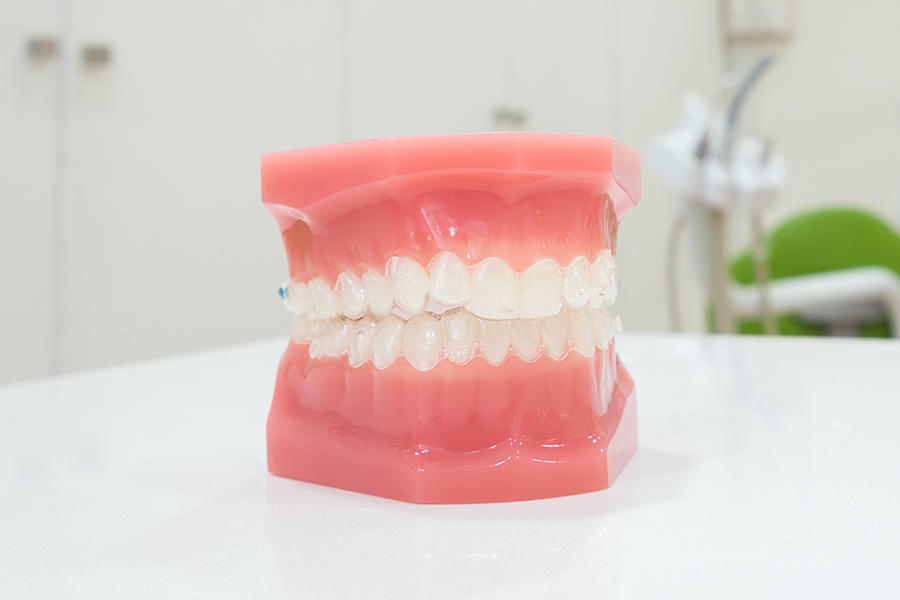What Are Corrective Lenses?

Corrective lenses refer to any sort of lens that correct vision problems like nearsightedness, farsightedness, and astigmatism. Glasses and contacts are by far the most prevalent types of corrective lenses, but intraocular lenses, which are surgically implanted, are a possibility as well. Corrective lenses work to supplement the shortcomings of the naturally occurring lenses within the eye.
Types of Corrective Lenses
The most common types of corrective lenses are single vision and multifocal. Single vision lenses can only correct sight for one distance (near or far), which means that wearer’s eye must accommodate to see at other distances itself.
Within the category of multifocal lenses there are actually several different subcategories. The most recognizable type of multifocal lens is the bifocal—which uses a segment line to divide the upper portion from the lower portion. The top half of the lens is normally used for seeing across long distances, while the bottom is used for seeing up-close. In addition to bifocals, there are also trifocals with three segments and progressive lenses that provide a smooth transition between sections without segment lines.
How Corrective Lenses Work
The eye’s natural lenses work to focus light in the retina, which then conveys the information to the brain in the form of electrical impulses. Unfortunately, eyes that are abnormally shaped have difficulty focusing light in the correct places and ways, and that leads to blurry vision.
Corrective lenses fix this by helping your natural lenses focus light in a way that provides the clearest image possible. Because no two eyes are exactly the same shape, corrective lenses must be uniquely designed for different individuals.
Understanding Corrective Lens Prescriptions
Lens strength for both contacts and glasses is measured in diopters and is expressed in both positive and negative numbers. When positive numbers are used, this indicates that a patient is farsighted, and conversely, negative numbers indicate a patient is nearsighted. Additionally, if a patient suffers from astigmatism, the prescription will also indicate the severity and direction of this condition.








